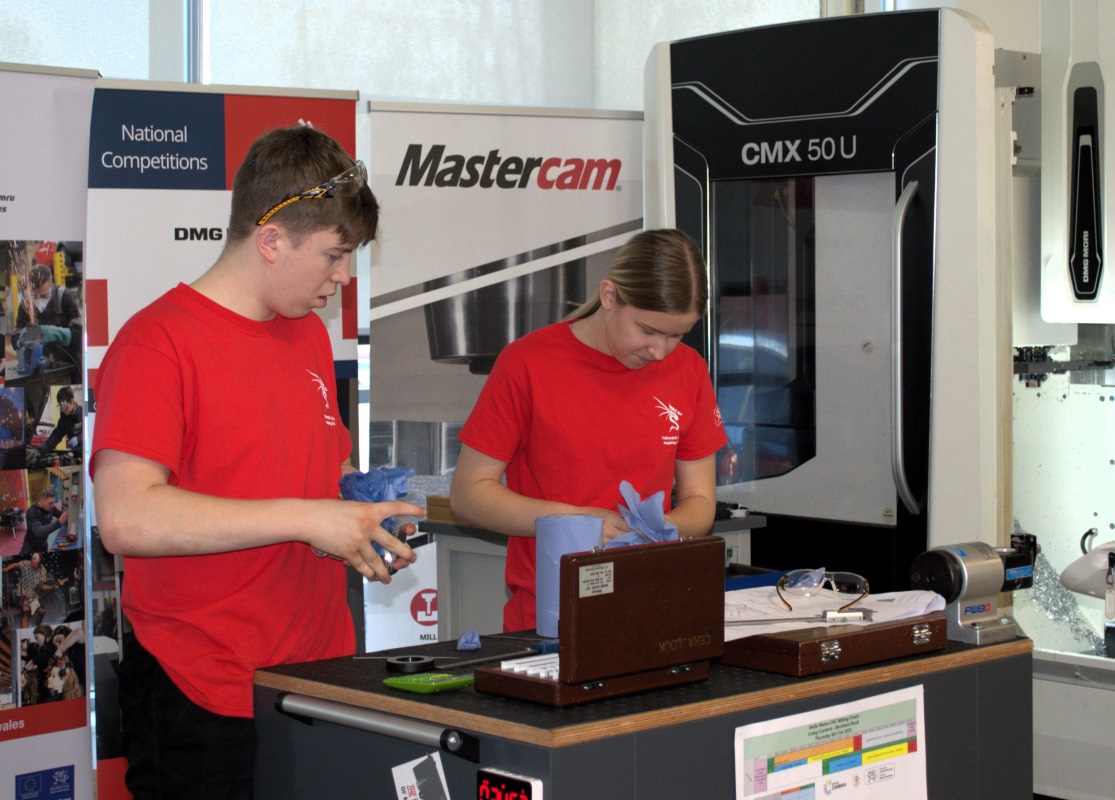Youth justice practitioner

KSBs
Knowledge
K1: Legislation and corresponding guidance relevant to all aspects of work in youth justice, including sentencing, risk of harm, safeguarding, children’s rights and equality and diversity. Back to Duty
K2: Child and adolescent development and the full range of complex needs that can be detrimental to children’s physical, emotional and mental health and wellbeing. Back to Duty
K3: The range of factors (e.g. substance misuse and adverse childhood experiences) that may lead to offending and anti-social behaviour and the methods for promoting desistance from these. Back to Duty
K4: The principles of professional judgement, including defensible decision making, how to guard against conscious or unconscious bias and how to maintain professional boundaries. Back to Duty
K5: The key components of relationship-based practice and the evidence-base for them. Back to Duty
K6: The range and purpose of assessment and planning tools relevant to working with children in the youth justice system. Back to Duty
K7: The range and type of services available for children in the youth justice age group, including adult service providers and how these work in relation to young people who are in transition to them. Back to Duty
K8: Protocol and process arrangements in working with multi-agencies, including the sharing and safeguarding of information in line with data protection law. Back to Duty
K9: The emotional and practical needs of specialist groups of young people, e.g. Looked After Children, girls, LGBTQ+, BAME Back to Duty
K10: The practical, emotional and psychological impact of key types of life changes and transitions between services affecting children up to the age of 18. Back to Duty
K11: Barriers to children’s effective engagement with youth justice interventions. Back to Duty
K12: The contextual aspects of risk (risk of what, to whom and circumstances in which risk is likely to be higher or lower). Back to Duty
K13: Their own safeguarding responsibilities and those of others within and outside of their organisation. Back to Duty
K14: The principles of effective programme design and implementation for reducing offending and reoffending Back to Duty
Skills
S1: Communicate effectively face to face and in writing (including digitally) with children who encounter the youth justice system Back to Duty
S2: Identify the factors that may lead to offending and anti-social behaviour and the methods for promoting desistance, and use these to plan individually tailored interventions. Back to Duty
S3: Promote the physical, emotional and mental health and wellbeing of children in the youth justice system by recognising and building on strengths, identifying need and taking action to protect children where necessary. Back to Duty
S4: Use a range of engagement skills to promote trust, including clarification of role, purpose of intervention and boundaries of authority. Back to Duty
S5: Develop relationships that are collaborative, motivating and child-centred using a range of strategies to engage young people and families (e.g. motivational interviewing, solution focussed methods, participatory practice, pro-social modelling and problem solving). Back to Duty
S6: Make effective use of assessment and planning tools designed for use in youth justice settings to inform decision making. Back to Duty
S7: Develop, implement and monitor plans which reflect risks and needs, and build on positive human and social capital to promote desistance. Back to Duty
S8: Select interventions and approaches to working with young people based on the best available evidence about their effectiveness in promoting desistance from offending. Back to Duty
S9: Broker access to sources of human and social capital appropriate to the needs of children in the youth justice system. Back to Duty
S10: Be an effective social advocate for children and their families Back to Duty
S11: Share and safeguard information about children and their families in line with data protection law Back to Duty
S12: identify, assess and meet the needs of children and young people where there are safeguarding concerns Back to Duty
S13: Reflect on practice within evidence-based frameworks in order to continuously improve outcomes for children in the youth justice system. Back to Duty
S14: Identify any barriers to children’s effective engagement with youth justice interventions and take steps to remove or mitigate these. Back to Duty
S15: Actively protect the rights of children, challenge disproportionality and promote equality of opportunity Back to Duty
S16: Keep accurate and timely records of all interactions relevant to the assessment, planning, implementation and review cycle. Back to Duty
Behaviours
B1: Show consistency and fairness and be evidence-informed in making decisions. Back to Duty
B2: Model and reward pro-social behaviours, including respect for diversity and being inclusive, and discourage inappropriate language and behaviours Back to Duty
B3: Be optimistic and hopeful; non-blaming; open and honest; empathetic; and patient and calm in all interactions, including situations that are stressful Back to Duty
B4: Operate in accordance with the legal, ethical and contractual requirements of youth justice work and maintain professional boundaries. Back to Duty
B5: Commit to team working and engage proactively with partner organisations and agencies to maximise the engagement of children in mainstream services and other positive activities. Back to Duty











Responses